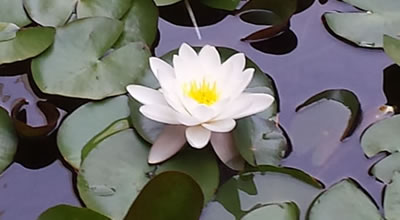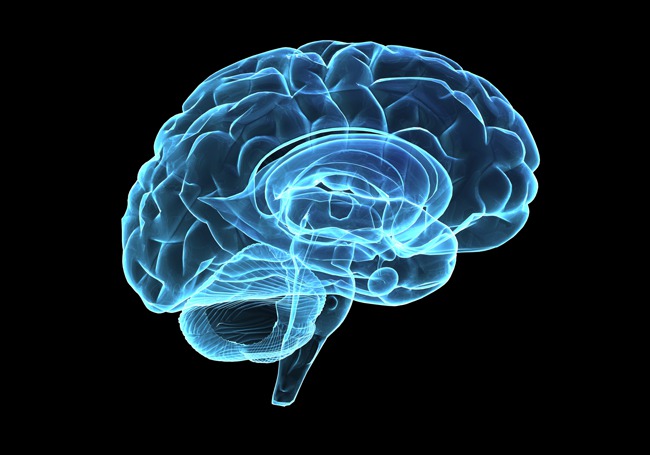Seeking Perfection in the Midst of Change
“Work Life Balance” is a popular theme in today’s always on and information-loaded workplaces. We are told that work and personal life are two powerful forces that we should strive to bring into balance with each other. As if work life balance were an external goal that can be realized if only we balance the scales properly. But life is always changing. Our jobs change, our colleagues change, the economy changes, industrial conditions change, our bodies change, our minds change, our families and friends change, the world changes….Is there anything in life that doesn’t change? And because conditions are always in flux, we will always need to make changes to our own personal scales of work life balance.
An Inner Equilibrium
Instead of thinking of work life balance as an external state to achieve, it may be more useful to think of it as an inner equilibrium that we can cultivate every moment we are alive. Like a tightrope walker who is constantly making micro-adjustments to keep from falling, work life balance becomes an ordinary activity that we can do all the time to make sure that we are living our lives sustainably.
To Understand What is Needed
An example of work life balance may be something as simple as remembering to notice your breath during a meeting, or turning off notifications on your smartphone when you get home from work, or driving to work without the radio on to build greater focus while you commute, or consciously choosing to say no to that event invite that is just one too many, or remembering to call old friends you’ve been wanting to catch up with, or deciding to put your work down and go for a walk. Above all, work life balance is about being sensitive enough in each moment to understand what is truly needed.

 The human mind is beautiful, but also dangerous. Our thoughts and emotions can be powerful drivers of our behavior. Since many of our mind-states are negative, our actions are often at the mercy of our thoughts. Gloomy and pessimistic thinking, long established from habit, creates rigid and stereotyped narratives psychologists have labeled cognitive distortions. You probably know some of these stories from your own experience. They often begin with, “I’ll never be good at this because,” or “I’ll never be loved because,” or “My pain will always be like this because,” etc. These stories become so familiar to us that they define who we think we are or can become. And the actions we take in the world reflect the limitations of this thinking.
The human mind is beautiful, but also dangerous. Our thoughts and emotions can be powerful drivers of our behavior. Since many of our mind-states are negative, our actions are often at the mercy of our thoughts. Gloomy and pessimistic thinking, long established from habit, creates rigid and stereotyped narratives psychologists have labeled cognitive distortions. You probably know some of these stories from your own experience. They often begin with, “I’ll never be good at this because,” or “I’ll never be loved because,” or “My pain will always be like this because,” etc. These stories become so familiar to us that they define who we think we are or can become. And the actions we take in the world reflect the limitations of this thinking.



